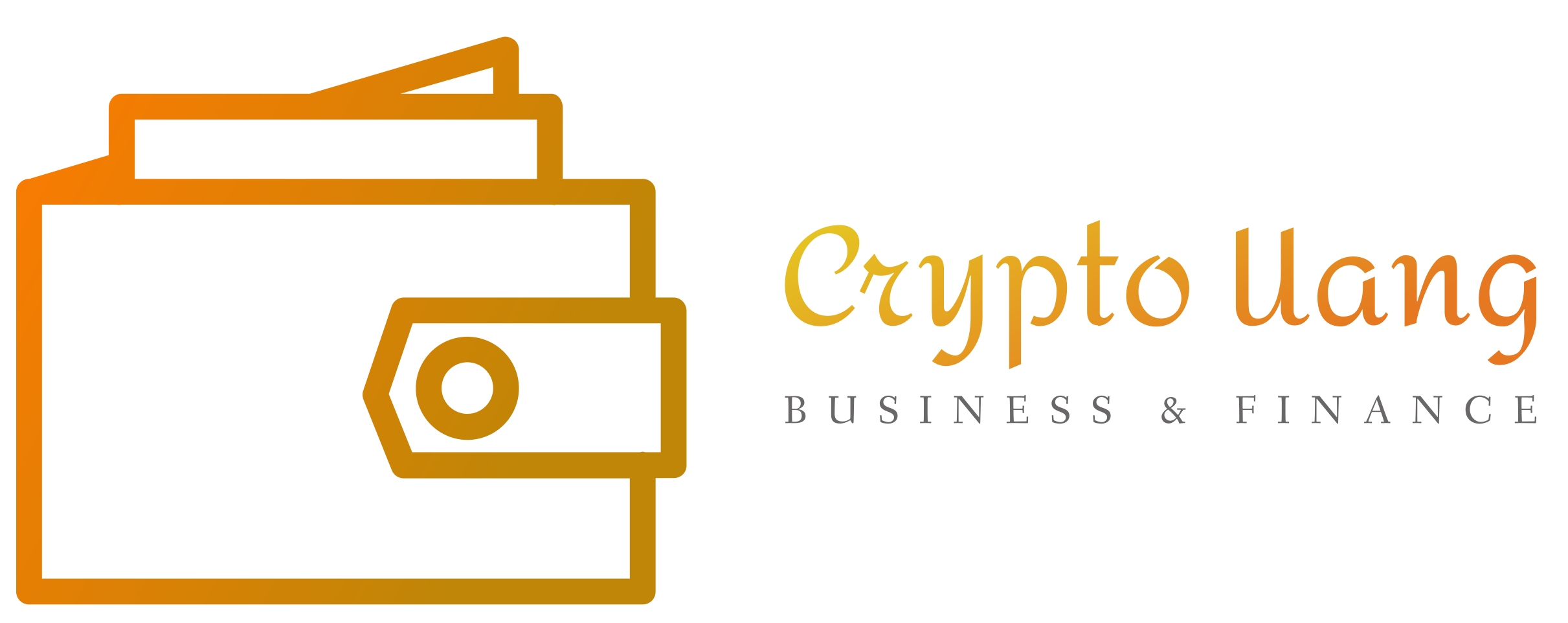
In the digital age, the financial landscape has undergone a remarkable transformation. The emergence of online banking has challenged the conventional notions of traditional banking. This shift has sparked debates about which approach offers the best banking experience. In this comprehensive exploration, we delve into the intricacies of online banking vs. traditional banking, dissecting their key features, benefits, and limitations to help you make an informed choice for your financial needs.
The Genesis of Online Banking
Online Banking – A Revolution Unleashed
Online banking, also known as internet banking or digital banking, is the virtual counterpart to traditional brick-and-mortar banking. It allows customers to conduct various financial transactions and manage their accounts through secure websites or mobile apps provided by their banks. The advent of the internet paved the way for this digital revolution, fundamentally altering the way individuals and businesses interact with their finances.
Understanding the Traditional Banking Landscape
Traditional Banking – A Time-Tested Approach
Traditional banking, on the other hand, encompasses the age-old practice of physical banking through local branches and in-person interactions. It involves visiting a bank branch, dealing with tellers, and obtaining paper statements. This approach has been the cornerstone of the banking industry for centuries.
The Clash of Titans: Online vs. Traditional Banking
1. Convenience
Online Banking: It reigns supreme in terms of convenience. With 24/7 access to your accounts from anywhere with an internet connection, managing your finances is a breeze. You can check balances, pay bills, transfer funds, and even deposit checks remotely, all at your fingertips.
Traditional Banking: While traditional banks have extended their hours and introduced ATMs, they can’t match the round-the-clock accessibility of their online counterparts. In-person visits and limited branch hours can be inconvenient for those with busy schedules.
2. Cost Efficiency
Online Banking: This mode of banking is often more cost-effective for both banks and customers. Reduced overhead costs translate into higher interest rates on savings accounts and lower fees for various services.
Traditional Banking: Maintaining physical branches comes with significant expenses. Traditional banks may have higher fees and lower interest rates on savings accounts as a result.
3. Personalization
Online Banking: Through data analytics and personalization algorithms, online banks can offer tailored financial solutions, such as personalized savings goals and spending insights.
Traditional Banking: In-person interactions with traditional bankers can provide a more personalized experience, but it may not be as data-driven or immediate as online banking solutions.
4. Security
Online Banking: Security measures like encryption, multi-factor authentication, and regular security updates make online banking highly secure. However, online scams and phishing attacks remain risks.
Traditional Banking: Physical interactions may seem more secure, but traditional banking isn’t immune to risks like theft and fraud, especially when it comes to paper-based transactions.
5. Accessibility to Services
Online Banking: Online banks can provide a wide range of services, including high-yield savings accounts, investment options, and financial planning tools, all accessible through a single platform.
Traditional banks may require customers to visit multiple branches or institutions for various financial services, which can be less convenient.
6. Human Touch
Online Banking: While online banking offers convenience, it lacks the human touch. Customers who value face-to-face interactions with bank personnel may find it lacking.
Traditional banks offer a personal touch through in-person interactions with bankers. This can be advantageous for complex financial discussions and problem-solving.
7. Transaction Processing Speed
Online Banking: Online transactions are typically processed faster, allowing for quicker access to funds and real-time updates on account balances.
Traditional Banking: Some traditional banking processes, like check clearing, can be slower and involve waiting periods.
The Hybrid Approach: A Blend of Both Worlds
Recognizing the strengths of both online banking and traditional banking, many financial institutions have adopted a hybrid approach. This combines the convenience of online banking with the personalized services of traditional banking. For example, some banks offer the option to meet with a banker via video conferencing for a more personalized experience.
The Future of Banking
Fintech and Beyond
The financial technology (fintech) industry has played a pivotal role in shaping the future of banking. Fintech startups have introduced innovative solutions that challenge the status quo of both online and This includes digital-only banks, peer-to-peer lending platforms, and blockchain-based financial services.
Making an Informed Choice
When deciding between online banking vs. traditional banking, consider your unique financial needs and preferences. Here are some key questions to help you make an informed choice:
- What is your level of comfort with technology? If you’re tech-savvy and value convenience, online banking might be the way to go.
- Do you require a personal touch in your banking interactions? If you prefer face-to-face communication and personalized advice, traditional banking may be better suited for you.
- Are you looking for cost-effective banking services? Online banks often offer lower fees and higher interest rates on savings accounts.
- What range of services do you need? Consider whether you need a wide array of financial services or if basic banking is sufficient.
- How important is accessibility to you? Think about how often you need to access your accounts and whether branch locations align with your lifestyle.
- Are you open to exploring hybrid banking solutions? Some banks offer a blend of online and traditional services. This might offer the best of both worlds.
Conclusion
In the ever-evolving landscape of finance, the choice between online banking vs. traditional banking is not black and white. It’s a matter of personal preferences, financial goals, and lifestyle. Both approaches have their merits and limitations. The key is to choose the one that aligns with your unique needs and empowers you to manage your finances with confidence in the digital age. Whether you opt for the convenience of online banking or the personal touch of traditional banking, the future of finance is in your hands.


